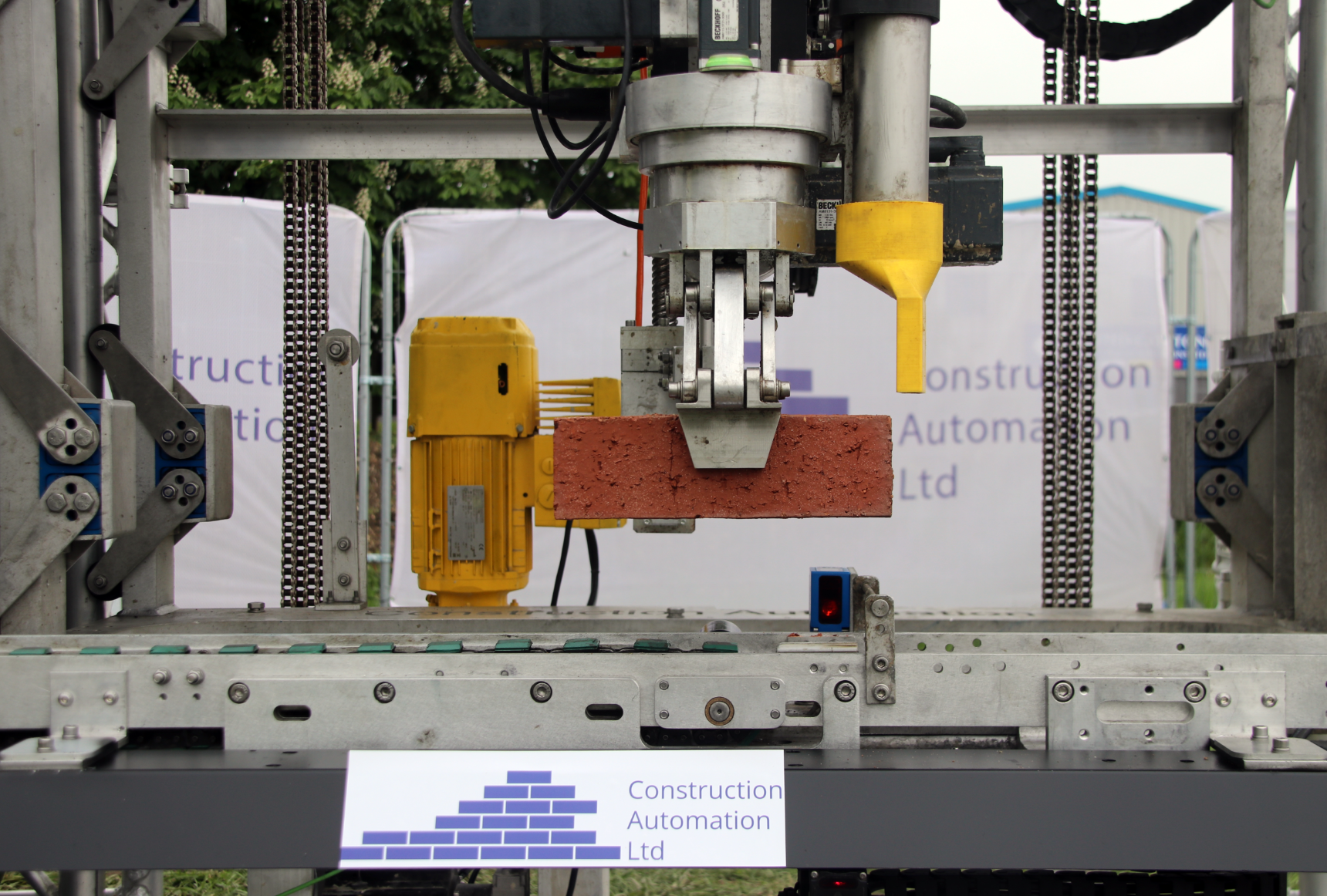And finally… NHBC approves bricklaying robot
An automated bricklaying robot has secured accreditation from housing warranty and insurance provider NHBC.

The Automatic Brick Laying Robot (ABLR) from Yorkshire-based Construction Automation can build external walls, laying all the bricks, blocks and mortar, while running on a track around the foundations of the building.
The ABLR has been under assessment by the NHBC team for more than a year undergoing rigorous testing and inspections of the robot in action.
The ‘NHBC Accepts’ accreditation means it can now be used in the construction of new homes covered by all NHBC warranty products subject to appropriate design and installation.
Innovation manager Richard Lankshear at NHBC said: “It has been an intensive, year-long endeavour both for our team and Construction Automation and involved an extremely rigorous process.
“Modern Methods of Construction play an important role in the delivery of new homes in the UK and tackling the housing crisis, so it’s very encouraging to see new technology like this coming through.
“With the residential property industry under pressure to increase the volume of new homes, coupled with pressures on materials, skills and labour, MMC is at a critical stage.
“We’re pleased to be able to use our scale, expertise and knowledge to work with manufacturers and provide developers, investors, lenders and homebuyers with confidence that innovative new products and systems can meet the same high standards of quality and durability as traditionally-built homes.”
David Longbottom, director at Construction Automation, added: “We have worked closely with NHBC over the last year and we are extremely proud to be the sole innovator in the Bricklaying Robot space to have achieved the NHBC Accepts approval.
“We hope that this will provide confidence in our product within the housebuilding industry and are excited for what the future holds, and how we can lead the way to increase on-site productivity, guarantee quality, improve on-site health and safety and close the skills shortage gap within the industry.”



















